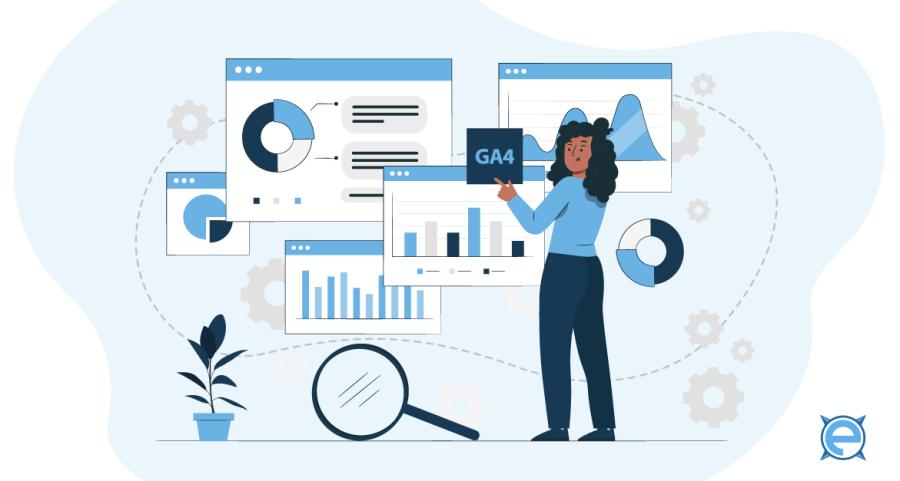The launch of GA4 and its updated interface pushed the world of analytics to new heights. Part of this comes from the updated tools for conversion tracking. But what is conversion tracking, and how can it help you with your marketing campaigns?
What is Conversion Tracking?
To understand conversion tracking, you must first understand what conversion points are. A conversion point is a specific data point in an online process. For example, when you reach the “Thank you!” page for completing an online form, or the end of a video, you’ve reached a conversion point. Conversion tracking is tracking how many users reach those conversion points—and by extension, how many users are completing that online process.
Conversion tracking is an important part of measuring campaign performance. By recording how many users reach a conversion point, advertisers can determine how many people are fully interacting with their campaigns instead of judging performance by initial views. They can then cross-reference this information with other data, which allows them to make inferences about the success of an ad campaign. For example, if a recent ad with a celebrity speaker led to an increase in viewers watching the complete ad, then it can be inferred that that celebrity is able to hold an audience’s attention better.
Mapping Your Conversions with Google Analytics
Earlier versions of Google Analytics also allowed you to track conversions. GA4 conversion tracking, however, gives you even more control over the process through the introduction of “events.”
To put it simply, a conversion event is an event you mark as a conversion due to its importance to your business. For example, let’s return to the idea of the thank-you page that appears after completing an online form. Reaching the thank-you page is a conversion point—it marks the end of the process of filling out the form. However, there are other possible points along that journey, including going to the website and going to the page the form is on. While you don’t have to track those, GA4 gives you the option to do so by marketing them as conversion events.
Why would you do this? Tracking these conversion events allows you a deeper insight into the consumer’s journey—how many people reach the stages in the process you want them to complete. From there, you can adjust your strategy as necessary. For example, maybe people are coming to your website and going to the page with the online form, but not many people are reaching the thank-you page. This implies that something is stopping people from filling out the form, such as a lack of interest or a website glitch. You can then work to isolate this issue and resolve it, which should increase the number of people that successfully fill out the form.
If you’re not interested in tracking every step of your consumers’ journey, don’t worry—GA4 allows you to toggle whether or not most events count as a conversion. If you want an extremely in-depth look at your consumers’ journey, you can also create custom events to mark for conversion. It’s all up to you!
Rethink Your Marketing Strategy with Epic Web Studios
If you’re unsure how to begin using Google Analytics for conversion tracking or need other guidance in developing your marketing strategy, come to Epic Web Studios. Our expert team can help with lead generation, content development, website design, and more. Contact us today and take your digital marketing strategy to the next level.



